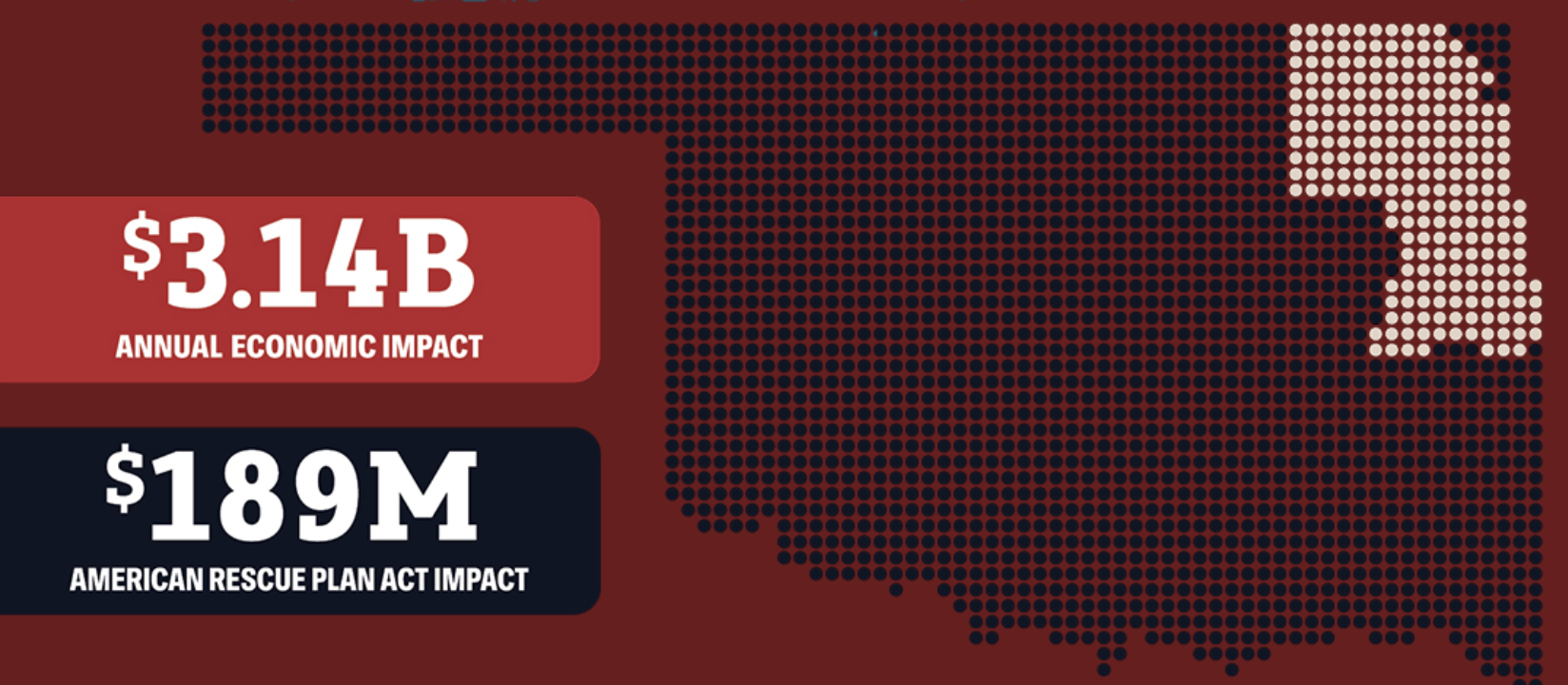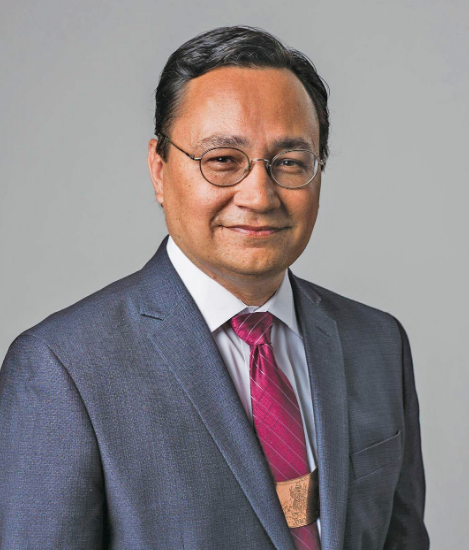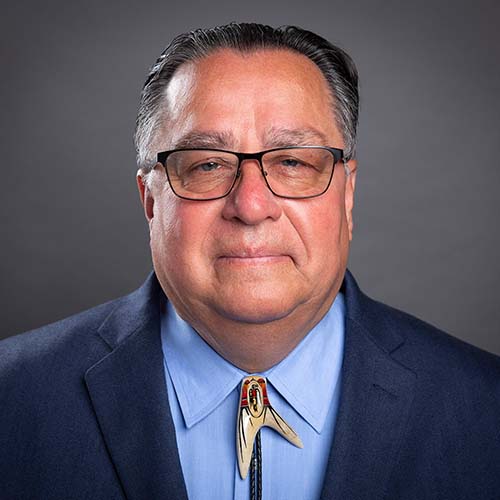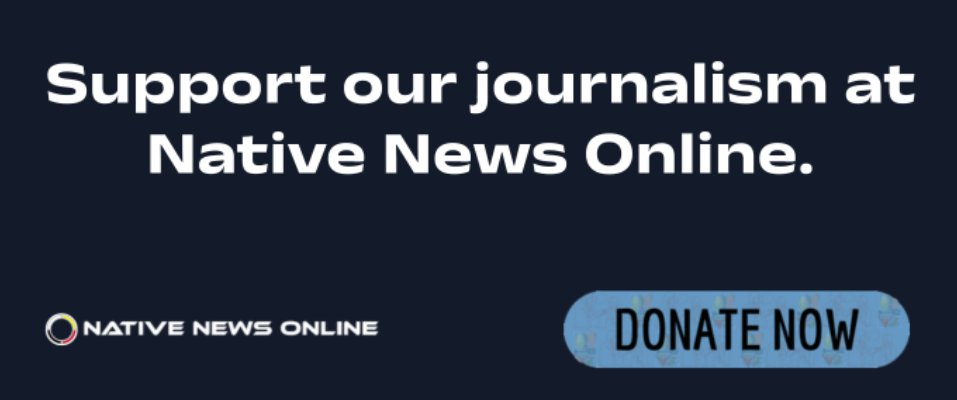
- Details
- By Chuck Hoskin Jr
Guest Opinion. Cherokee Nation is on the rise. Our population, cultural depth, community development and economy show steady, strategic growth.
As our tribe branches out and casts a welcoming shade far beyond our borders, our commitment to community is firmly rooted in northeast Oklahoma — our forever home.
This week, we announced our latest economic impact report. The biannual report is an analysis of financial reach throughout our 14-county reservation. Once again, the math shows continued growth in our economic reach — now at $3.14 billion annually.
It’s a big number and hard to truly grasp. First and foremost, it means Cherokee Nation is an economic powerhouse, fueling Cherokee communities and pushing our entire region to new heights. But it’s more than dollars and data.
The impact encompasses the value of our services to improve lives and ease the financial burden on Cherokee families.

In education alone, we provided school clothing vouchers to 74,000 children, food vouchers for 10,000 students during summer months and $17.6 million in scholarships.
Standouts to me include our job generation. More than 14,500 jobs, paying $785 million in wages, are directly from Cherokee Nation and our investments.
Economic impact isn’t a one-to-one exchange.
A dollar spent on the construction of a child care center, for example, supports far more than just labor and materials.
We buy materials from local vendors and hire local contractors and tradespeople, which help those workers support their families. In turn, they spend their earnings in local shops, restaurants and services — some even go on to use that same child care center themselves.
Beyond our direct employment and wages, Cherokee Nation indirectly supports many more jobs. The overall job footprint includes $1.2 billion in wages and 23,000 jobs.
Another highlight for me is our investment in Cherokee- and Native-owned businesses. We conducted $150 million worth of business within our own Native community, which is a 39.7% increase beyond the previous impact report.
As we invested in business, we also continued growth of services. The report includes rehabilitation to 120 homes and rental assistance for 2,368 families. Our tribal courts heard 6,514 court cases, an increase of more than 440% since the McGirt ruling.
In health services, which is difficult to even begin to enumerate the generational economic impact, we facilitated 1.59 million patient visits and filled 1.8 million prescriptions in 2023. All our health services continued growth as construction is underway to replace the 40-year-old Cherokee Nation W.W. Hastings Hospital.
Each of these investments has a common denominator. Every dollar is strategically placed to bring stability, opportunity and prosperity to Cherokee families and the communities we cherish.
Our generational commitment is to grow the economy, uplift our families and help our neighbors improve a shared quality of life.
Chuck Hoskin, Jr. is the principal chief of the Cherokee Nation.
More Stories Like This
Law Should Not Get in the Way When "Manifest-ing Destiny"Celebrating 35 Years of Gaming Success
My Tribe’s ICE Contract Betrayed Our Values
Extending the Affordable Care Act Is a Moral Imperative for Indian Country
All Is Fair in … War?
Help us defend tribal sovereignty.
At Native News Online, our mission is rooted in telling the stories that strengthen sovereignty and uplift Indigenous voices — not just at year’s end, but every single day.
Because of your generosity last year, we were able to keep our reporters on the ground in tribal communities, at national gatherings and in the halls of Congress — covering the issues that matter most to Indian Country: sovereignty, culture, education, health and economic opportunity.
That support sustained us through a tough year in 2025. Now, as we look to the year ahead, we need your help right now to ensure warrior journalism remains strong — reporting that defends tribal sovereignty, amplifies Native truth, and holds power accountable.
 The stakes couldn't be higher. Your support keeps Native voices heard, Native stories told and Native sovereignty defended.
The stakes couldn't be higher. Your support keeps Native voices heard, Native stories told and Native sovereignty defended.
Stand with Warrior Journalism today.
Levi Rickert (Potawatomi), Editor & Publisher

